Wholesale Teeth Whitening Strips: Ingredients and Effectiveness
- Wholesale Teeth Whitening Strips: What Buyers Need to Know
- Overview of wholesale teeth whitening strips
- Why ingredient transparency matters for wholesale buyers
- Key Active Ingredients in Whitening Strips
- Hydrogen peroxide — the fast-acting oxidizer
- Carbamide peroxide — slower, longer contact
- Supporting ingredients: stabilizers, buffers and humectants
- Common Additives That Improve Safety and Comfort
- Desensitizers: potassium nitrate and fluoride
- Adhesives and backing materials
- Concentration, Contact Time and Effectiveness
- How concentration affects whitening speed
- Contact time and treatment schedule
- Typical whitening results supported by clinical data
- Ingredient and Product Comparison
- Key ingredients, typical functions and concentration ranges
- Wholesale Product Types and Market Considerations
- Comparing wholesale vs retail vs professional strips
- Safety, Regulation and Best Manufacturing Practices
- Safety considerations for buyers and end users
- Regulatory requirements and labeling
- Quality control and manufacturing standards
- Why Choose a Reputable Manufacturer: Double White Example
- Double White’s capabilities in wholesale teeth whitening strips
- Customization and support for bulk buyers
- How to Evaluate Wholesale Suppliers
- Checklist for selecting a reliable supplier
- Questions to ask before ordering
- Practical Tips for End Users and Retailers
- Optimizing consumer instructions for best results
- Positioning wholesale products in the market
- Frequently Asked Questions (FAQ) about Wholesale Teeth Whitening Strips
- Are wholesale teeth whitening strips effective?
- What concentrations are safe for consumer use?
- Can sensitivity be minimized in strip formulations?
- How should I vet a wholesale supplier?
- Where can I source customizable, certified whitening strips?
- How long do results last?
- Conclusion: Balancing Ingredients, Effectiveness and Safety
- Final recommendations for wholesale buyers
Wholesale Teeth Whitening Strips: What Buyers Need to Know
Overview of wholesale teeth whitening strips
Wholesale teeth whitening strips are pre-coated adhesive films sold in bulk to retailers, clinics, or private-label brands. They combine a whitening agent (commonly hydrogen peroxide or carbamide peroxide) with a flexible backing and stabilizers to deliver peroxide to the tooth surface. Buying wholesale allows businesses to reduce cost per unit, customize packaging, and control formula strength for market positioning.
Why ingredient transparency matters for wholesale buyers
Knowing ingredient composition is essential for safety, regulatory compliance, and product claims. Reputable suppliers list active agent concentration, pH, desensitizers, and preservatives. For sellers and clinics, ingredient transparency helps create accurate usage instructions, set realistic whitening expectations, and ensure consumer safety.
Key Active Ingredients in Whitening Strips
Hydrogen peroxide — the fast-acting oxidizer
Hydrogen peroxide (H2O2) is the most common active whitening agent in retail teeth whitening strips. Over-the-counter (OTC) strips typically contain roughly 5%–10% hydrogen peroxide; some branded products use around 6%–7% H2O2. Hydrogen peroxide acts quickly to oxidize colored organic molecules in enamel and dentin, producing noticeable shade improvements within days to weeks depending on concentration and wear time.
Carbamide peroxide — slower, longer contact
Carbamide peroxide (urea hydrogen peroxide) is another widely used agent; it decomposes into hydrogen peroxide and urea. Typical carbamide peroxide concentrations in whitening products range from 10% to 35% by weight. Because carbamide peroxide releases hydrogen peroxide over a longer period, it is often used where longer contact time but lower immediate H2O2 peaks are desired. Note: 10% carbamide peroxide yields roughly 3% hydrogen peroxide upon decomposition.
Supporting ingredients: stabilizers, buffers and humectants
Formulas include ingredients that stabilize peroxide, control pH, and improve wearability: glycerin or propylene glycol (humectants to prevent drying), carbomers or hydroxyethylcellulose (to control gel consistency), and phosphate or citrate buffers to maintain pH. Maintaining a near-neutral pH reduces enamel erosion risk while keeping peroxide effective.
Common Additives That Improve Safety and Comfort
Desensitizers: potassium nitrate and fluoride
Some wholesale teeth whitening strips include potassium nitrate or fluoride to reduce sensitivity and strengthen enamel. Potassium nitrate (often 2% or less in topical formulations) helps decrease nerve excitability, while fluoride (sodium fluoride) can help remineralize and protect enamel when used appropriately.
Adhesives and backing materials
Backing films are typically thin polyethylene or PET (polyester) layers with a hydrogel adhesive. The backing must hold the gel in contact with the tooth for the prescribed time without transferring to gums. Quality control of backing and adhesive ensures consistent peroxide delivery and reduces gum irritation.
Concentration, Contact Time and Effectiveness
How concentration affects whitening speed
Higher peroxide concentrations accelerate whitening but can increase risk of sensitivity or soft-tissue irritation. OTC wholesale teeth whitening strips commonly balance efficacy and safety at ~5%–10% hydrogen peroxide (or equivalent carbamide peroxide). Professional-strength products sold through dental channels may use higher concentrations under supervision.
Contact time and treatment schedule
Effectiveness depends on contact time: daily wear times for OTC strips typically range from 30 minutes to overnight depending on the formulation. Many popular OTC regimens use 30–60 minutes daily for 7–14 days. Longer contact with lower H2O2 release (e.g., carbamide peroxide formulations) can also achieve good results with reduced peak sensitivity.
Typical whitening results supported by clinical data
Peer-reviewed studies and manufacturer clinical trials generally report average shade improvements of about 2–3 VITA shade tabs after a standard 2-week OTC strip regimen, though results vary by baseline staining, enamel properties, and adherence to instructions. Professional higher-concentration treatments often produce larger immediate shade gains but require dental supervision.
Ingredient and Product Comparison
Key ingredients, typical functions and concentration ranges
Below is a concise comparison of common ingredients, their role, and typical concentration ranges used in whitening strips formulations.
| Ingredient | Function | Typical Concentration (Wholesale/OTC) |
|---|---|---|
| Hydrogen peroxide | Primary whitening oxidizer | ~5%–10% (retail OTC); variable in professional products |
| Carbamide peroxide | Slow-release peroxide source | ~10%–35% (yields ~3%–12% H2O2) |
| Glycerin / Propylene glycol | Humectant; prevents drying | 1%–10% |
| Hydroxyethylcellulose / Carbomer | Thickener and gel stabilizer | 0.2%–2% |
| Potassium nitrate | Desensitizer | 0.5%–2% (topical levels) |
| Fluoride (sodium fluoride) | Enamel remineralization aid | Trace to 0.22% NaF in some formulas |
Wholesale Product Types and Market Considerations
Comparing wholesale vs retail vs professional strips
Wholesale teeth whitening strips come in different grades: private-label consumer OTC strips, clinic-use strips distributed in bulk to professionals, and custom formulations for retailers. Below is a comparative table outlining typical differences.
| Feature | Wholesale Private-Label (OTC) | Professional/Clinic | Branded Retail |
|---|---|---|---|
| Active concentration | 5%–10% H2O2 or 10%–20% carbamide peroxide | Higher concentrations; regulated use | Similar to OTC; branded formulations |
| Customization | High (packaging, formula tweaks) | Moderate (clinical-grade packaging) | Low (predefined by manufacturer) |
| Price per unit | Lowest (bulk pricing) | Mid–high (value-added service) | Mid (retail margins) |
| Regulatory oversight | Must meet consumer product regulations per market | Often subject to dental practice regulations | Consumer product regulations and claims oversight |
Safety, Regulation and Best Manufacturing Practices
Safety considerations for buyers and end users
Whitening strips are safe when used per instructions. Common side effects include transient tooth sensitivity and minor gingival irritation if contact occurs with gums. Risk increases with higher peroxide concentrations and prolonged exposure. Buyers should ensure instructions, ingredient lists, and safety warnings are included with retail packs.
Regulatory requirements and labeling
Labeling requirements vary by country. Many markets require a full ingredient list, active ingredient concentration, usage instructions, warnings for pregnant or breastfeeding women, and storage guidelines. Wholesale purchasers should verify that the supplier can provide compliant labeling and documentation like SDS (safety data sheets) and stability data.
Quality control and manufacturing standards
Choose suppliers with GMP (Good Manufacturing Practice), ISO certification, and documented batch testing. Critical quality checks include peroxide concentration, pH, microbial limits, and adhesive/backing integrity. Reliable suppliers provide COAs (Certificates of Analysis) and offer stability testing to confirm shelf life.
Why Choose a Reputable Manufacturer: Double White Example
Double White’s capabilities in wholesale teeth whitening strips
Double White is a professional organization specializing in oral care R&D and manufacturing. As China’s top teeth whitening kit supplier, Double White offers free samples, customized packaging, and OEM/ODM services for whitening strips, gels, and pens. Their integrated biotech capabilities and strict scientific controls support consistent product quality and regulatory documentation.
Customization and support for bulk buyers
Wholesale buyers can work with Double White to tailor peroxide concentration, include desensitizers, adjust wear time instructions, and design artwork for private labeling. The company provides technical support on stability, packaging options, and compliance for different export markets — critical for launching a safe, effective consumer product.
How to Evaluate Wholesale Suppliers
Checklist for selecting a reliable supplier
When sourcing wholesale teeth whitening strips, verify: GMP or ISO certifications, third-party test reports, ingredient disclosure, stability data, MOQ and pricing, customization capability, lead times, and responsiveness. Request samples and run pilot consumer tests for sensitivity and whitening performance.
Questions to ask before ordering
Ask potential suppliers: What are the exact active ingredient concentrations? Can you provide COAs and SDS? What stability data supports shelf life? Are private-label and packaging options available? What are recommended wear times and clinical evidence for claimed shade improvements?
Practical Tips for End Users and Retailers
Optimizing consumer instructions for best results
Clear instructions increase satisfaction: recommend brushing beforehand, avoid eating or drinking staining foods for 48 hours after treatment, follow recommended daily wear time, and warn about temporary sensitivity. Suggest use of desensitizing toothpaste if sensitivity occurs and include a contact for customer support.
Positioning wholesale products in the market
Differentiate by offering multiple strength options (e.g., sensitive formula vs. standard), emphasizing ingredient transparency, and using professional imagery and clear before/after claims grounded in clinical data. Consider bundling strips with toothpaste or a whitening pen to increase average order value.
Frequently Asked Questions (FAQ) about Wholesale Teeth Whitening Strips
Are wholesale teeth whitening strips effective?
Yes—when formulated correctly. OTC-strength strips commonly deliver average improvements of 2–3 shade tabs after about two weeks. Effectiveness depends on peroxide concentration, contact time, baseline staining, and product adherence.
What concentrations are safe for consumer use?
OTC wholesale teeth whitening strips typically use ~5%–10% hydrogen peroxide or equivalent carbamide peroxide levels to balance efficacy and safety. Higher concentrations are possible in professional products but should be used under dental supervision.
Can sensitivity be minimized in strip formulations?
Yes—manufacturers often add desensitizers like potassium nitrate and ensure neutral pH to reduce sensitivity. Shorter daily wear times and gradual treatment courses also lower sensitivity risk.
How should I vet a wholesale supplier?
Request certificates (GMP/ISO), COAs, SDS, stability test results, and product samples. Verify the supplier’s ability to provide compliant labeling and customization. Consider ordering a small pilot batch to test real-world consumer response.
Where can I source customizable, certified whitening strips?
Reputable suppliers like Double White (https://www.double-white.com/) specialize in OEM/ODM whitening products, offering free samples, custom packaging, and technical support for bulk buyers.
How long do results last?
Result longevity varies with diet, oral hygiene and smoking habits. Typical gains can last months; touch-up regimens (weekly or monthly) prolong whiteness. Retailers should set realistic expectations and recommend maintenance products.
Conclusion: Balancing Ingredients, Effectiveness and Safety
Final recommendations for wholesale buyers
Prioritize suppliers who disclose ingredient concentrations, provide testing documentation, and offer customization aligned with your market. Balance peroxide strength with consumer safety by offering multiple formula tiers (sensitive vs. regular) and clear usage instructions. Working with an experienced manufacturer like Double White simplifies compliance, production scaling, and product development for competitive wholesale teeth whitening strips.
Recommended for you
Can You Use Expired Teeth Whitening Strips? | Double White
Teeth Whitening Business Requirements in Philadelphia | Double White
Do Teeth Whitening Strips Damage Teeth? Discover the Truth | Double White
Do Teeth Whitening Strips Expire? Everything You Need to Know
About Customized Services
I don’t have a designer, can you help with brand visuals?
Yes, our designers are happy to serve you.
How long does customized service take?
The time for customized services depends on your specific needs and order volume. Generally speaking, we will provide you with customized solutions as soon as possible.
About Price and Payment
How are the prices of your products determined?
Our product prices are based on a variety of factors, including order quantity, customization requirements, and market competition.
About Cooperation Process
How to sign a cooperation agreement?
We will provide you with a draft cooperation agreement, which will be signed by both parties after confirmation to ensure the legality and standardization of the cooperation process.
About Product Choice
What types of teeth are your products suitable for?
Our products are suitable for most tooth types including regular, yellow and lightly pigmented teeth. However, for severely discolored teeth or special dental conditions, please consult your dentist before making a choice.

HP Teeth Whitening Alcohol-free Strips HPNA-01
Discover Double White’s HP Teeth Whitening Alcohol-free Strips HPNA-01, the best teeth whitening strips designed for a brighter smile without irritation. Alcohol-free formula ensures gentle yet effective whitening. Achieve professional results safely and easily at home with these top-rated teeth whitening strips.

HP Teeth Whitening Alcohol-free Strips HPNA-02
Double White’s HP Teeth Whitening Alcohol-free Strips HPNA-02 offer effective, gentle whitening without alcohol. These best whitening teeth strips deliver visible results, making them the good teeth whitening strips choice for a brighter smile. Try our whitening strips for teeth today!

Hydrogen Peroxide Residue Free Teeth Whitening Strips RFHP01
Double White Hydrogen Peroxide Residue Free Teeth Whitening Strips RFHP01 deliver the best quick teeth whitening results without residue. These best teeth whitening strips offer safe, effective brightening for a confident smile. Experience one of the best teeth whitening products today.

Hydrogen Peroxide Residue Free Teeth Whitening Strips RFHP02
100% tooth surface residue-free teeth strips represents the latest white teeth technology. This new product has strong adhesion on the teeth, but when peeled off, no gel-like substance remains on the tooth surface, leaving the teeth bright. Like new, no cleaning required.
Send us your inquiry
Reach out to us through the form below or via the contact information provided.
Our dedicated team is committed to providing prompt and personalized responses to all your queries.
Please fill out the fields above with your full name, email address, and comment.
Copyright © 2025 Double White All Rights Reserved. Designed by gooeyun

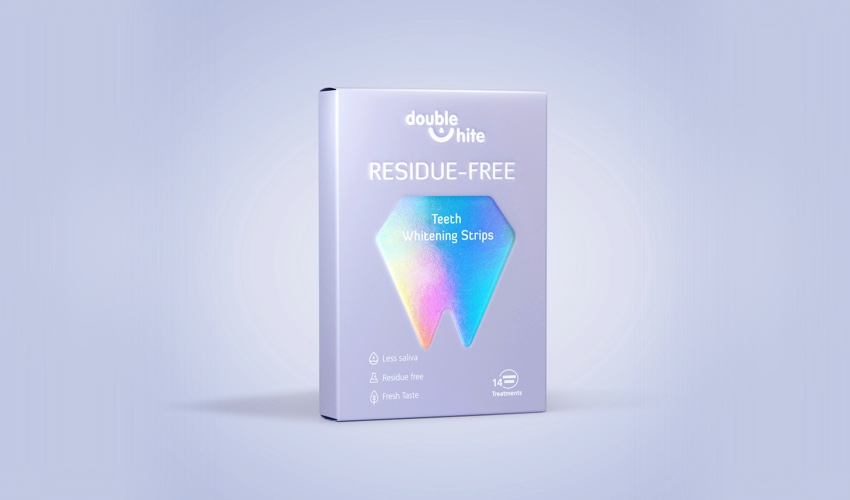
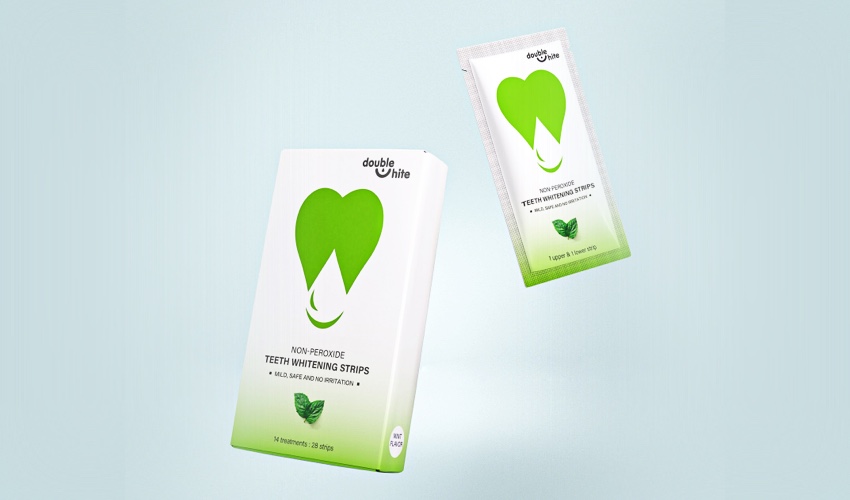
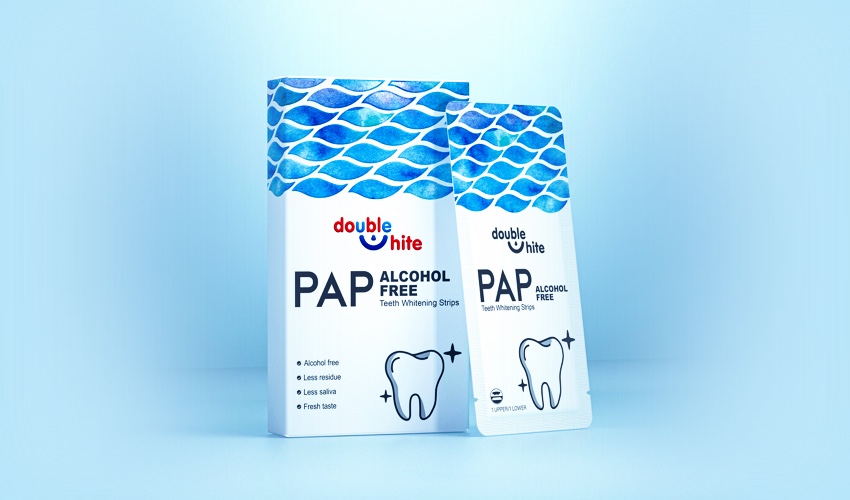
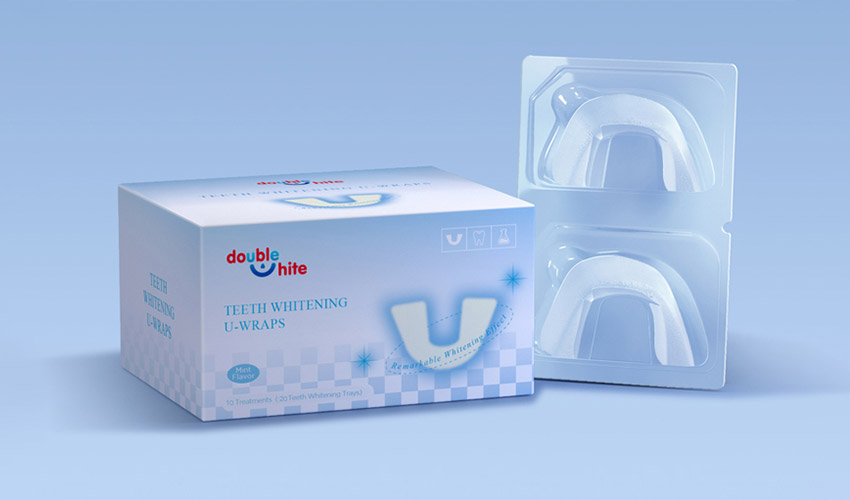
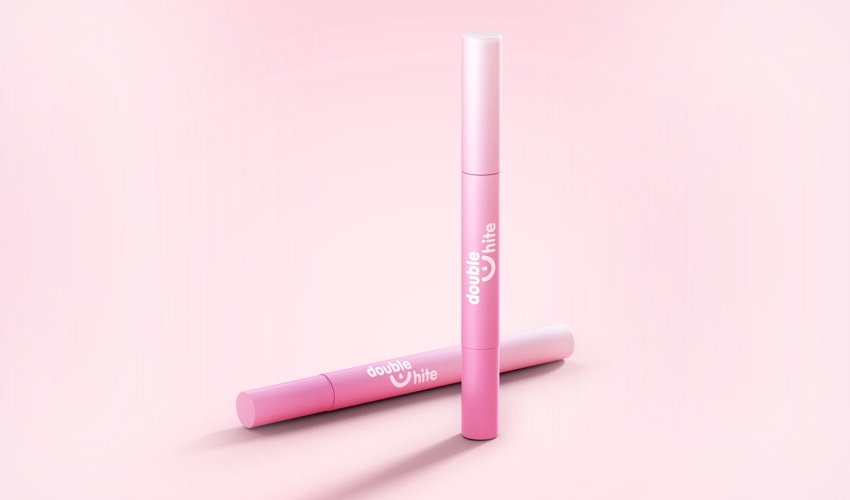
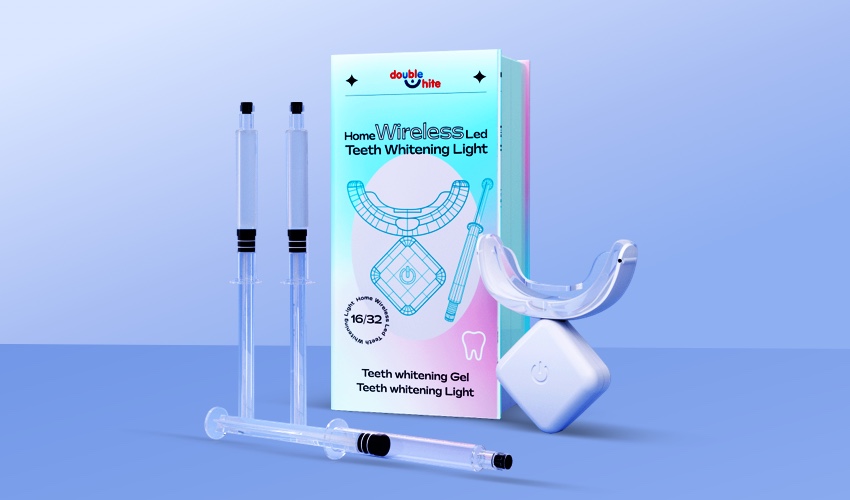
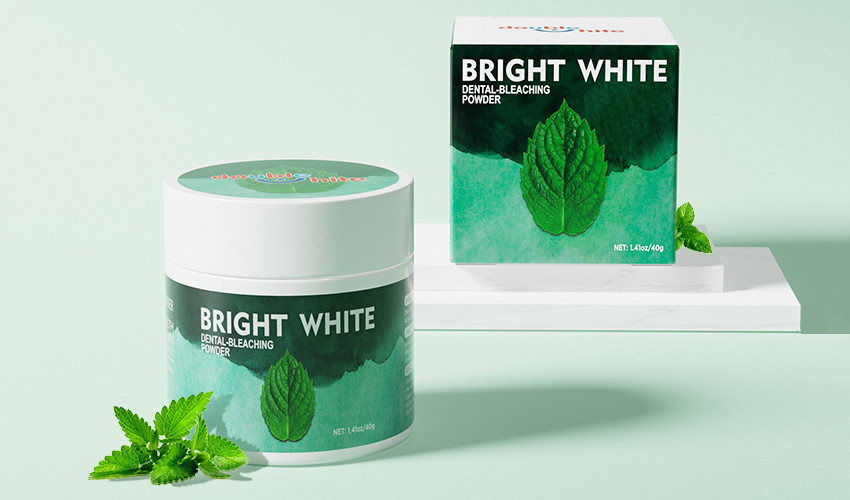






Whatsapp: +8615920313473
cndoublewhite
Doublewhite
doublewhitecn
cndoublewhite
cndoublewhite